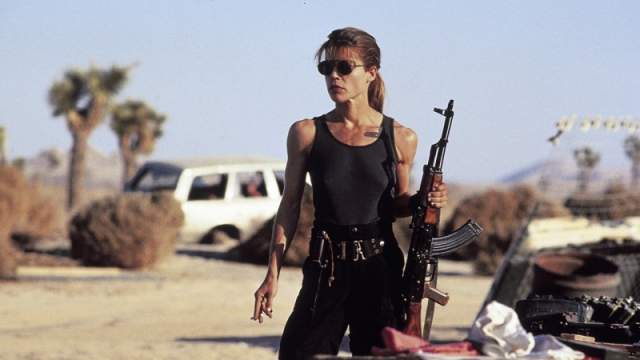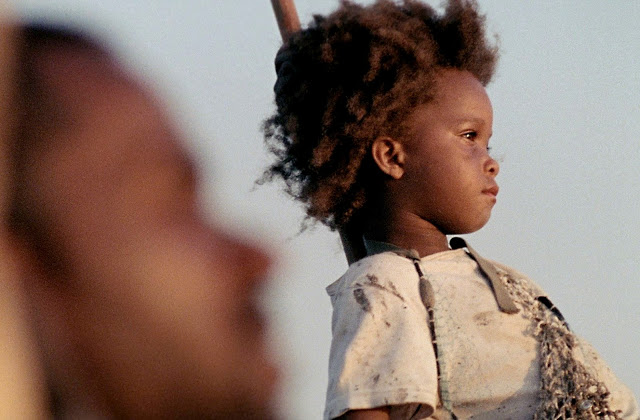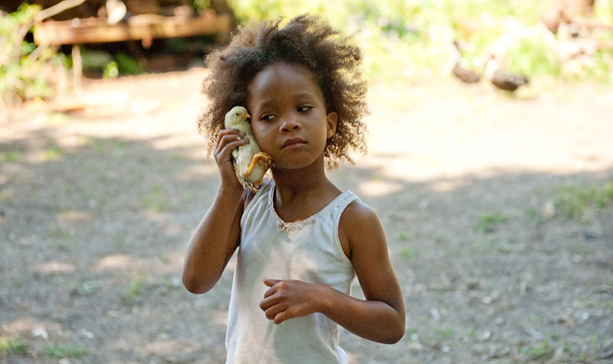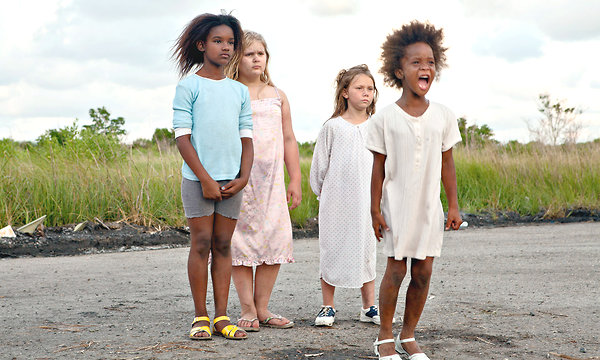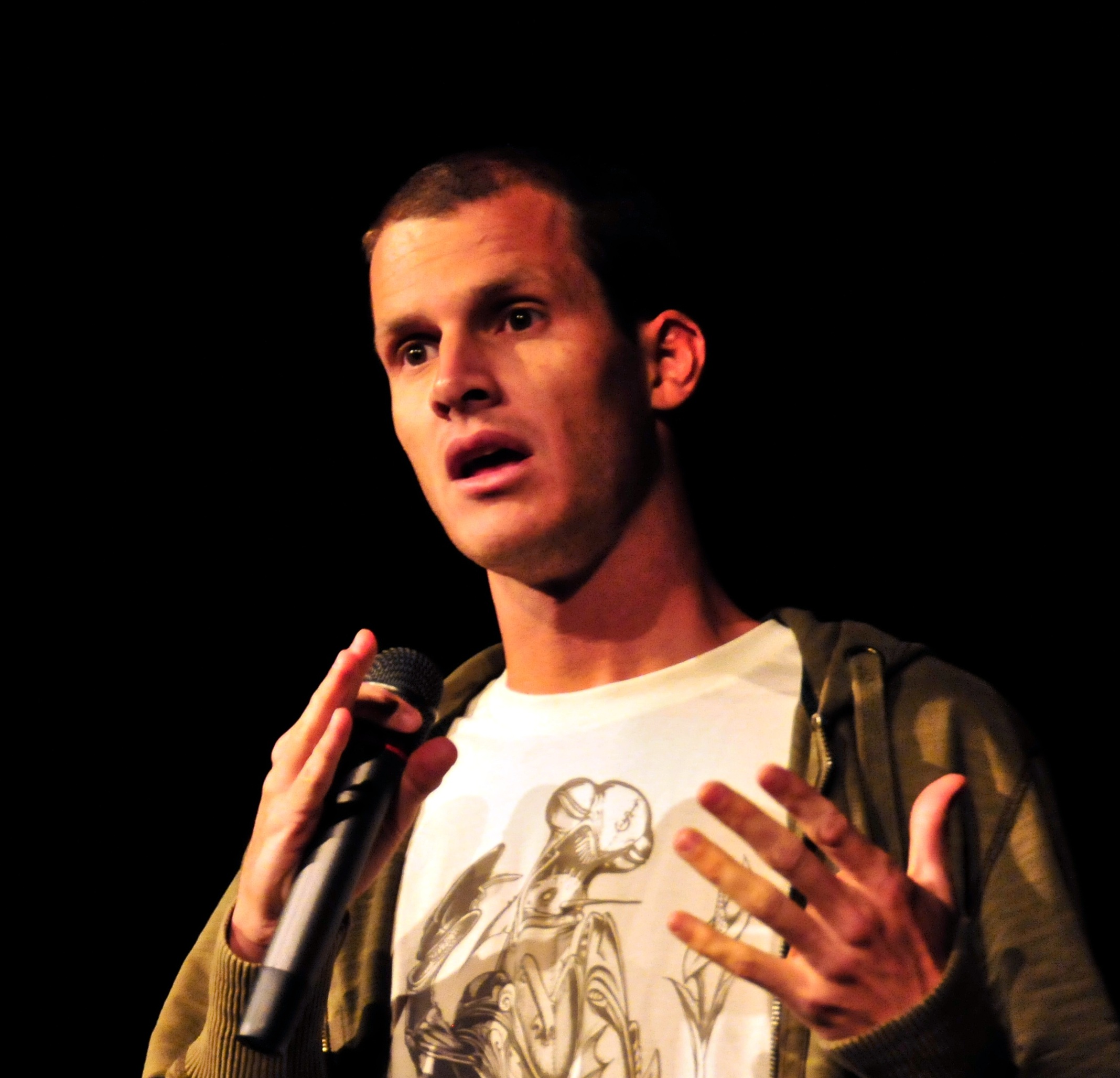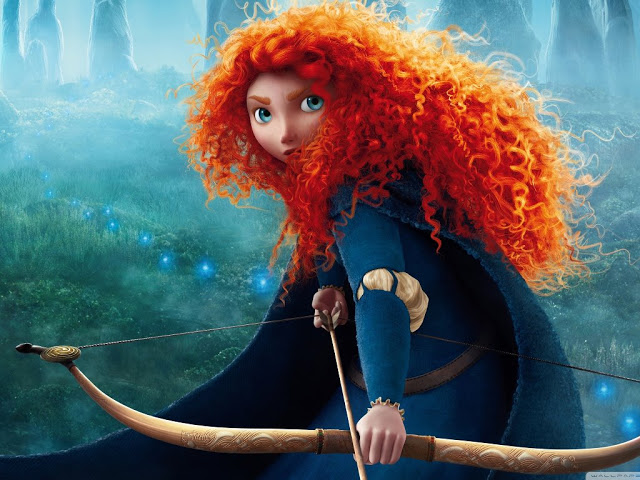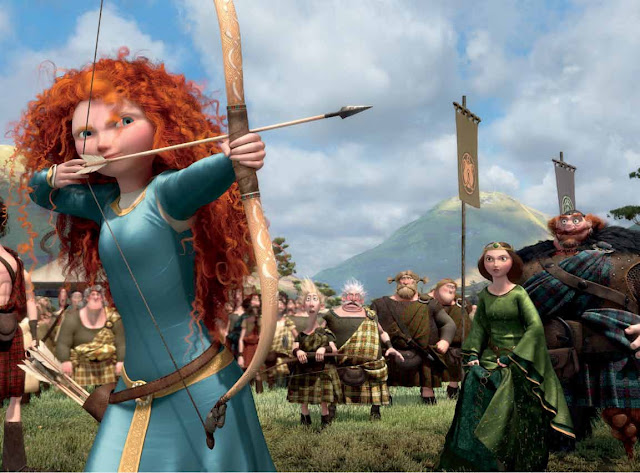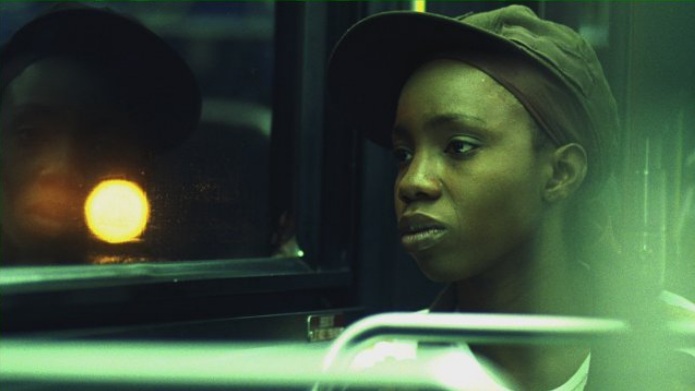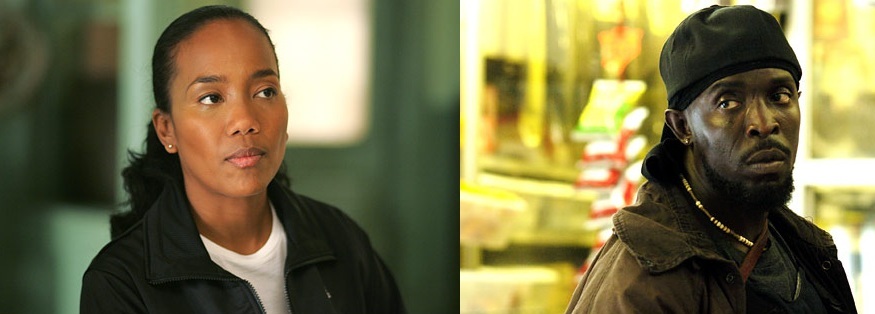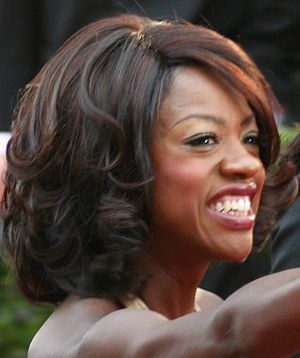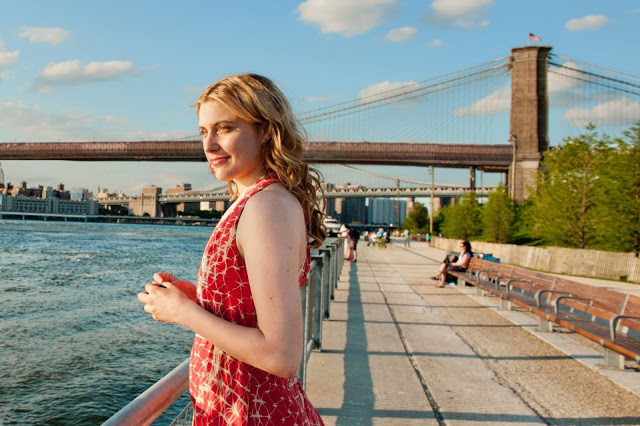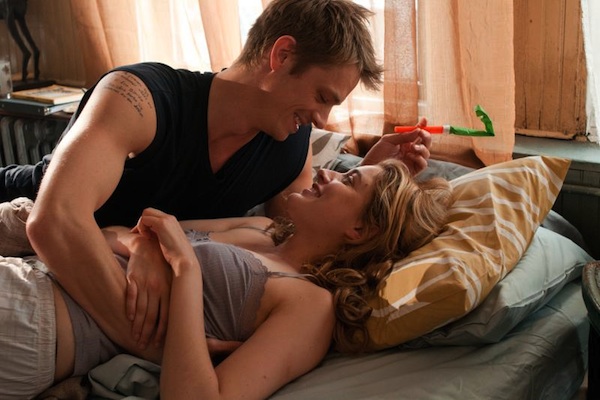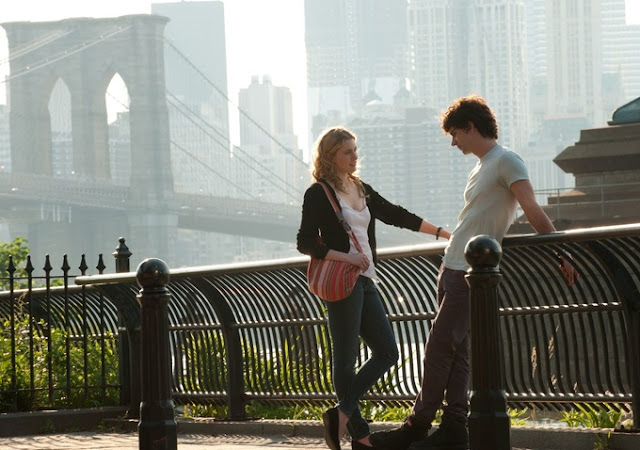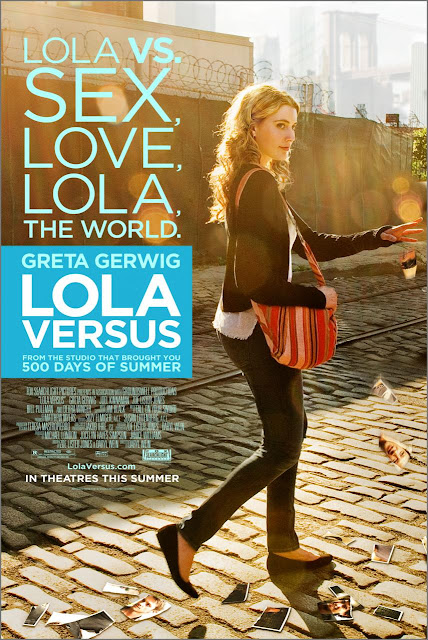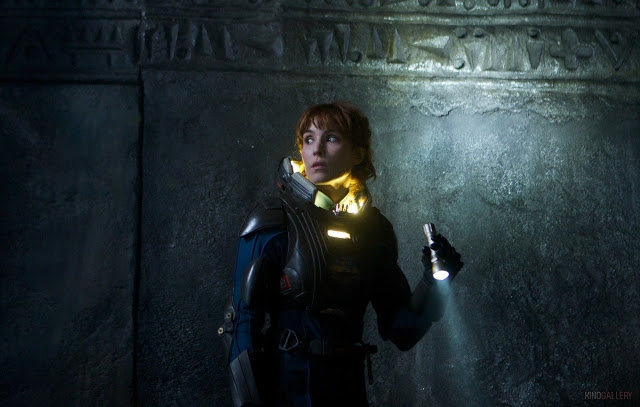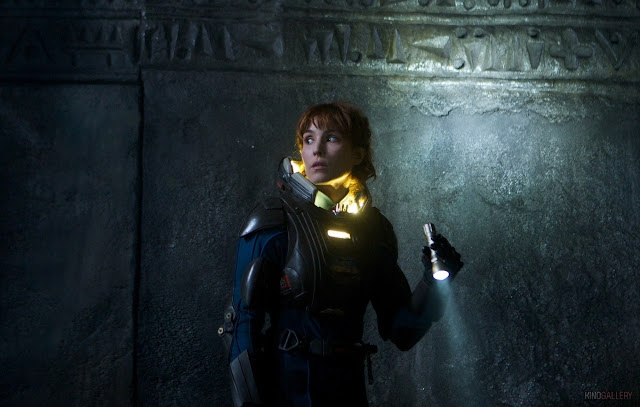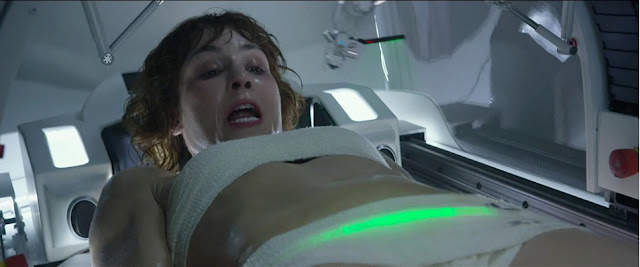By now I’m sure you’ve heard about Daniel Tosh and his misoynistic douchebaggery as he verbally attacked a female audience member.
“So Tosh then starts making some very generalizing, declarative statements about rape jokes always being funny, how can a rape joke not be funny, rape is hilarious, etc. I don’t know why he was so repetitive about it but I felt provoked because I, for one, DON’T find them funny and never have. So I didnt appreciate Daniel Tosh (or anyone!) telling me I should find them funny. So I yelled out, “Actually, rape jokes are never funny!”
“I did it because, even though being “disruptive” is against my nature, I felt that sitting there and saying nothing, or leaving quietly, would have been against my values as a person and as a woman. I don’t sit there while someone tells me how I should feel about something as profound and damaging as rape.
“After I called out to him, Tosh paused for a moment. Then, he says, “Wouldn’t it be funny if that girl got raped by like, 5 guys right now? Like right now? What if a bunch of guys just raped her…”
Wow. What. The. Fuck. Rape jokes are never funny. Ever. Making a rape joke is bad enough. But attacking an audience member who calls bullshit on said rape joke?? Calling for her to be gang raped?? Horrifying and disgusting.
Tosh gave a half-ass apology on Twitter:
all the out of context misquotes aside, i’d like to sincerely apologize j.mp/PJ8bNs
— daniel tosh (@danieltosh) July 10, 2012
the point i was making before i was heckled is there are awful things in the world but you can still make jokes about them. #deadbabies
— daniel tosh (@danieltosh) July 10, 2012
But honestly, I don’t give a shit that Tosh apologized. He shouldn’t have said it to the woman in the first place.
Of course, Tosh is the same person who incorporates physical assault against women into his comedy, encouraging viewers to videotape sneaking up behind women and touching them non-consensually. Tosh obviously has no problem encouraging people to act out his comedy. Or of course calling for a woman to be gang raped in public.
This whole situation has raised the issue of rape jokes and if they can be funny and if so, how to make them funny. As I’ve said before,
rape jokes aren’t edgy. They’re lazy, misogynistic, insensitive and violent. While humor can be a great way to confront tough issues, rape jokes trivialize survivor’s painful plight.
“That’s why the problem isn’t the jokes or who’s telling them. It’s that so many, many people think that stories about degrading and violating women, the more violently the better, is laugh-out-loud entertaining.”
“If you incite rape, you are an enforcer of rape culture. If you argue that inciting rape is harmless, you are an enforcer of rape culture.”
While I have a massive problem with rape jokes, I have a much bigger problem with the way Tosh handled the situation. What might have started as a joke Tosh was telling as part of his act quickly spiraled into endangerment and verbal assault.
As
I’ve written before, I’m a staunch supporter of freedom of speech. I vehemently disagree with people wanting to censor music, gory films or violent videogames. Many writers have pointed out that no topics should be taboo for comedians. And that humor is used to tackle painful topics and “to call bullshit” on idiocy and injustice. But that’s not what Tosh was doing. Tosh crossed the line from merely expressing his thoughts as part of his comedy routine to inciting violence.
Vanessa Valenti, Feministing Editor and Co-Founder, points out why what Tosh did wasn’t humor and how he should be held accountable:
“Tosh threatened an audience member with rape. This should not be a conversation about where to draw the line (as much of the media is asking around this). There is a very, very clear line here…This conversation should be about holding public figures accountable for the impact they have on larger culture.”
While I disagree that rape jokes can be funny, I absolutely 100% agree with The Nation’s Jessica Valenti (and Feministing Co-Founder) that there’s a huge difference between “pointing out the absurdity” of rape and sexism — like George Carlin, Sarah Silverman and Wanda Sykes — and actually threatening someone with assault, which Tosh did:
“But here’s the thing: threatening women with rape, making light of rape, and suggesting that women who speak up be raped is not edgy or controversial. It’s the norm. This is what women deal with every day. Maintaining the status quo around violence against women isn’t exactly revolutionary…
“If you are this attached to jokes about raping women – if they mean this much to you – it’s time to look inward and think about why that is.
“Because at the end of the day, the misogynist fervor behind the defense of Tosh doesn’t isn’t an impassioned debate over free speech or the nature of humor. It’s men who feel entitled to say whatever they want – no matter how violent – to women, and who are angry to have that long standing privilege challenged.”
If you read through the tweets defending Tosh (and I definitely don’t recommend you do unless you want to gouge your eyes out from sheer anger and disgust), you’ll see a lot of inane comments about how people can’t take a joke or need to lighten up. Or of course there are the gems about how women need to shut the fuck up, that the woman attending the show deserves to get raped, or that Tosh should’ve shaken his dick in the woman’s face. I shit you not, there’s some doozies from some real Mensa candidates here.
Defenders of Tosh are using smoke and mirrors to defend his abhorrent words saying she was a heckler. That she asked for it. Hmmmm….where have I heard that before? Oh that’s right…in victim blaming when we talk about rape. Yes, she interrupted him. But she didn’t attack him. Does that mean she deserves for him to humiliate and violate her? No.
Jezebel’s Lindy West debunks the most common arguments supporting Tosh, including those who say Tosh’s humor is okay because he offends everyone:
“…Being an “equal opportunity offender”—as in, “It’s okay, because Daniel Tosh makes fun of ALL people: women, men, AIDS victims, dead babies, gay guys, blah blah blah”—falls apart when you remember (as so many of us are forced to all the time) that all people are not in equal positions of power…
“It’s really easy to believe that “nothing is sacred” when the sanctity of your body and your freedom are never legitimately threatened.”
Yes, freedom of speech allows you to say whatever you want. BUT! There are consequences. Just like you can’t yell “fire” in a crowded theatre. That’s not an infringement on freedom of speech, it’s public endangerment. So is what Tosh did.
Tosh verbally assaulted this woman. Due to white privilege and male privilege in our patriarchal rape culture, Tosh possesses societal power. He exerted his power and dominance to belittle, intimidate and humiliate this woman. To shut her up and put her in her place.
Comedian and
Hello Giggles and
Huffington Post writer Megan O’Keefe,
in her must-read post, points out that most people who laugh at rape jokes don’t truly appreciate the wordplay, satire or critique. They find humor in “hurting and sexually dominating a woman against her will.” She also shares how the problem transcends Tosh and rape culture is to blame:
“Rape is disturbing and horrible. It’s one of the horrors that we should keep at bay with humor, not encourage. Right now, the woman who posted the complaint about Tosh is receiving legitimate death and rape threats from his fans. So, his “joke” didn’t diffuse pain or horror — it sparked it.
“…The problem isn’t Daniel Tosh. The problem is that our society is still a rape culture where a large percentage of people think that rape’s OK and that a girl in a short skirt is asking for it and that it’s funny to assault someone. Not for the sake of satire, but for one person’s amusement over another person’s real life victimization.”
We live amongst a rape culture that normalizes violence and misogyny against women and objectifies women’s bodies. Society teaches people how to avoid rape rather than to not rape, putting the blame on the victim/survivor. The media berates women and brushes off rape survivors’ claims, putting the blame not on the rapist or abuser but with the survivor who comes forward.
All of this coalesces to foster and fuel sexism in the media and misogynistic “humor.” Time and time again, our society condones rape and violence. So when a white male makes a misogynistic comment or threat, there’s more happening than just what’s on the surface. It trivializes rape and misogyny. And it reinforces — both covertly and overtly — that violence against women is okay.
I’ve said it before and I’ll say it again. I’m sick and tired of rape jokes. But whether you think rape jokes are funny or not, it stopped being a “joke” the moment Tosh harassed and threatened a woman with violence.
And there’s nothing fucking funny about that.

